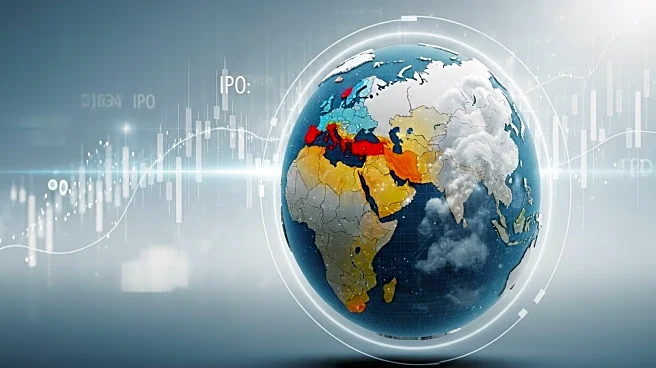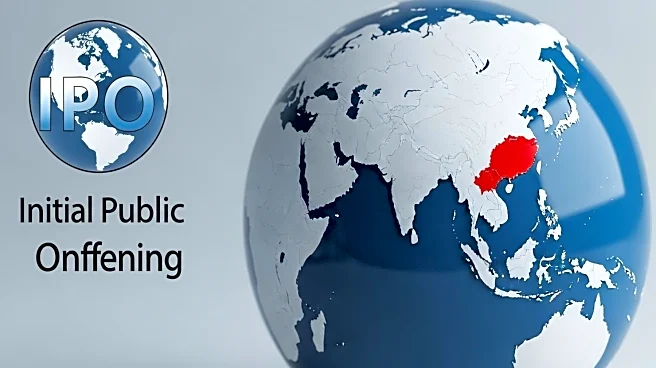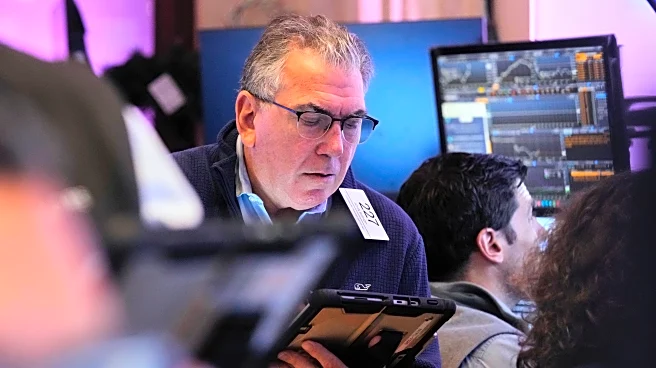What's Happening?
The U.S. and Asia are experiencing a surge in initial public offerings (IPOs), while Europe struggles to keep pace. In 2025, North America has raised $17.7 billion across 153 deals, compared to Europe's $5.5 billion from 57 listings. The disparity is attributed to various factors, including regulatory fragmentation in Europe and the lengthy, unpredictable process of going public. The U.S. market benefits from a unified regulatory framework, offering depth and liquidity that attract companies seeking public listings. European exchanges face challenges due to market volatility and geopolitical concerns, impacting investor confidence and IPO activity.
Why It's Important?
The divergence in IPO activity highlights the competitive dynamics between global financial markets. The U.S. and Asia's dominance in public listings underscores their appeal to companies seeking capital, potentially influencing investment flows and economic growth. Europe's challenges in attracting IPOs may affect its financial sector and broader economic prospects. The situation raises questions about regulatory harmonization and market efficiency, as companies weigh the benefits of listing in different regions. The trend could lead to strategic shifts in how businesses approach public offerings and capital raising.
What's Next?
As the U.S. and Asia continue to lead in IPO activity, European markets may seek reforms to enhance their competitiveness. Efforts to streamline regulatory processes and improve market conditions could be pursued to attract more listings. Companies considering IPOs will evaluate the advantages of different markets, potentially influencing their strategic decisions. The global IPO landscape will be closely monitored by investors, policymakers, and financial institutions, as they assess the implications for economic growth and market stability.













